Pro mechanics sand down new tyres – should I be sanding my tyres?
WorldTour team mechanics have been spotted sanding tyres before races. Pro mechanic Glen Whittington looks more closely at the practice, and judges whether we should all be doing the same
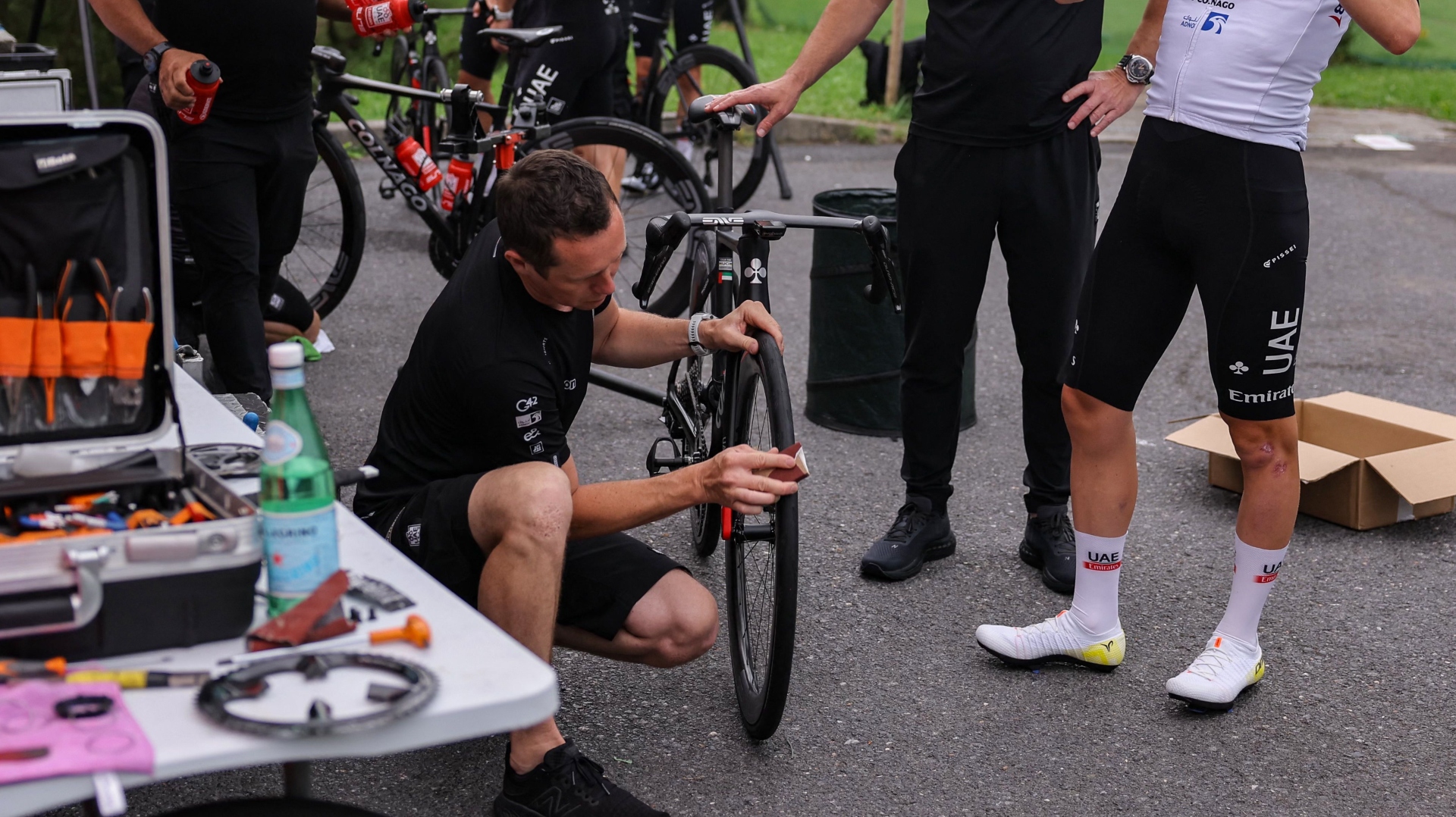
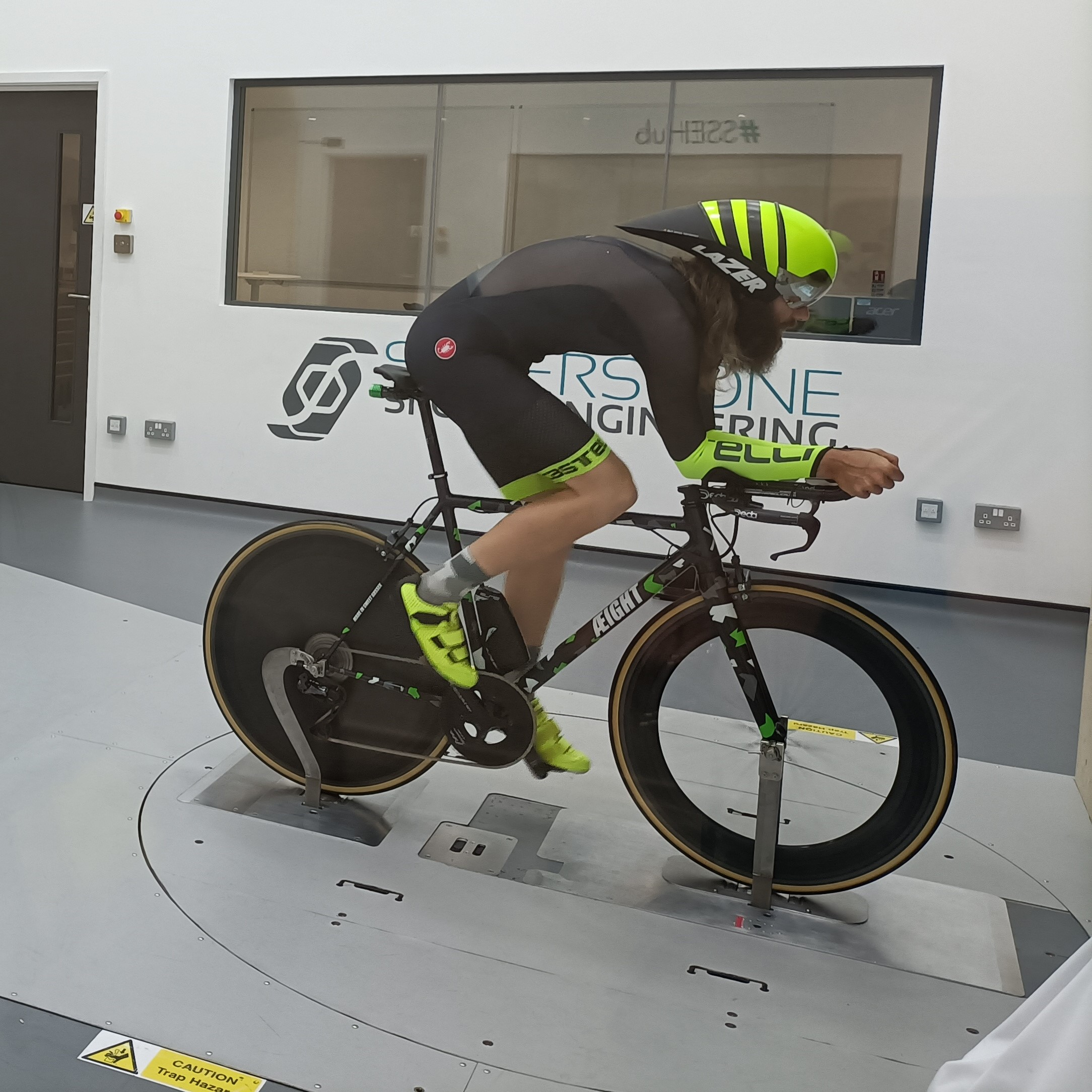
During the Tour de France, a video emerged of Groupama FDJ team mechanics sanding new tyres as they built up the team bikes. Some viewers immediately joked that this was some kind of publicity stunt. But we've also seen other teams doing the same, including Tadej Pogačar's UAE crew. So is there more to it, and should we all be sanding our box-fresh tyres?
Why might you sand you tyres?
Putting the sniggering to one side, do other cycling disciplines sand tyres and could it be relevant to road racing/riding?
The most obvious comparison is track racing where sanding new tyres to ‘scrub them in’ is relatively common. In fact, there is a long history of sanding new tyres, which dates back to a time when tyre technology was very different and far more simplistic. The quality of grip available from a tyre 50 years ago (or even 15 years ago) was vastly different from what a modern tyre can offer. The shape, width, compound and chemical structure of a modern tyre have all improved over the years, which creates a product that behaves totally differently to those of old.
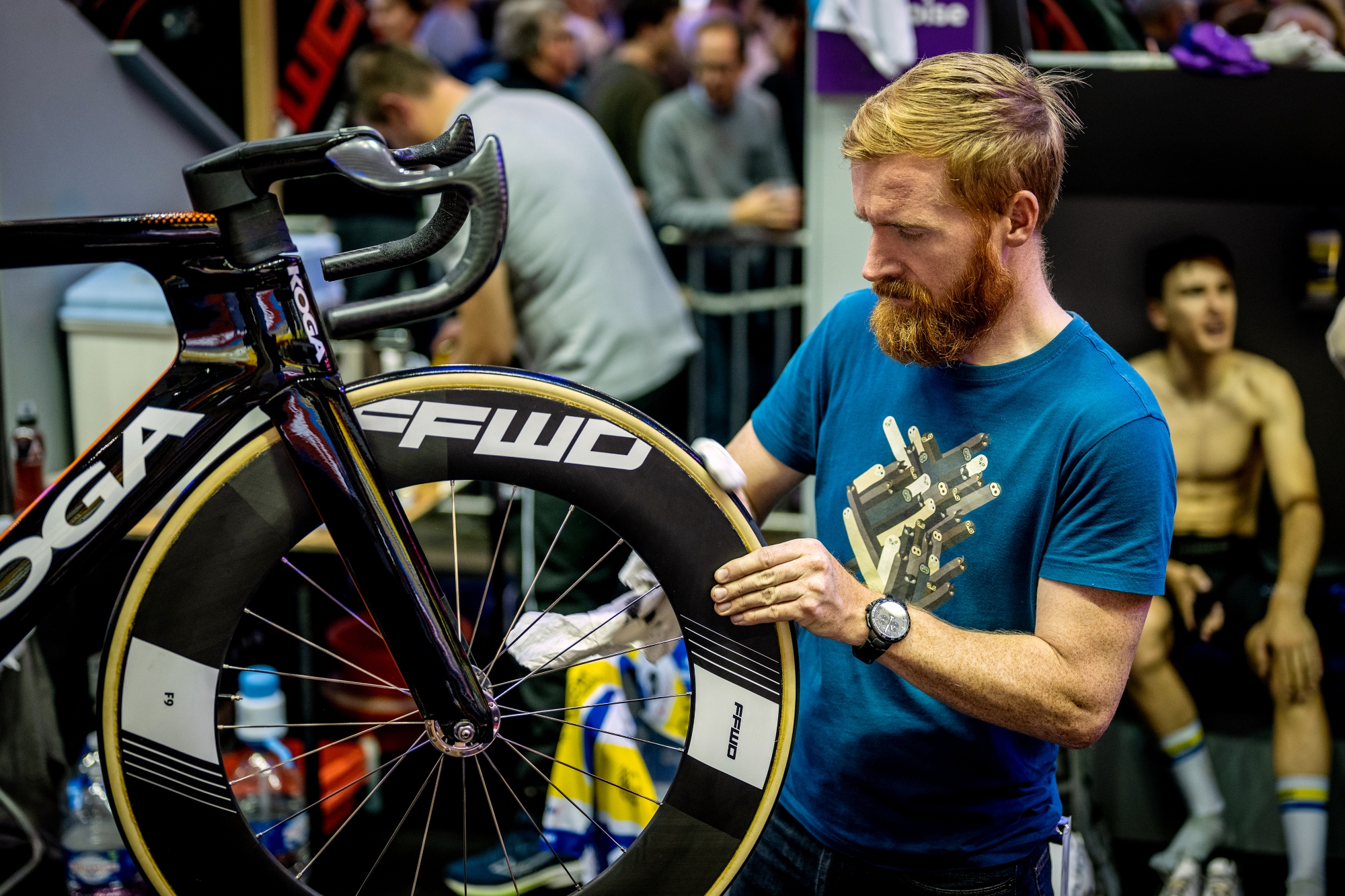
A mechanic works on a tyre prior to the men's elite track cycling on day one of the 81st 6 Days Gent 2022 at The Kuipke Velodrome.
With a harder, stiffer tyre I genuinely believe that roughing up the top layer of the tread would have made a difference. Thinking back to the clincher tyres that I started racing on 25 years ago, and the very high pressures we all ran, it was worth doing anything you could to find some extra grip. Back then, unless you could afford tubulars the tyres were pretty bad!
On the track, pressures were even higher, Coupled with the smooth, polished surface of the velodrome, it made sense to rough up the top layer of rubber on the new tyre. By doing so, you were ensuring that it would behave like one that’s worn in.
Is the practice still relevant for today's tyres?
As you’ll know from the last few years, tyres across all disciplines have got wider and, subsequently, we’re all running lower pressures. This alters the size and shape of the contact patch (the part of the tyre that contacts the ground) and this is the reason why a small change can make a big difference. The chemical nature of the tyre and the compound are also both major contributing factors to grip on the road surface. I would argue that these four major factors probably trump the need to sand off the top layer of a tyre in general, but how about new box-fresh tyres?
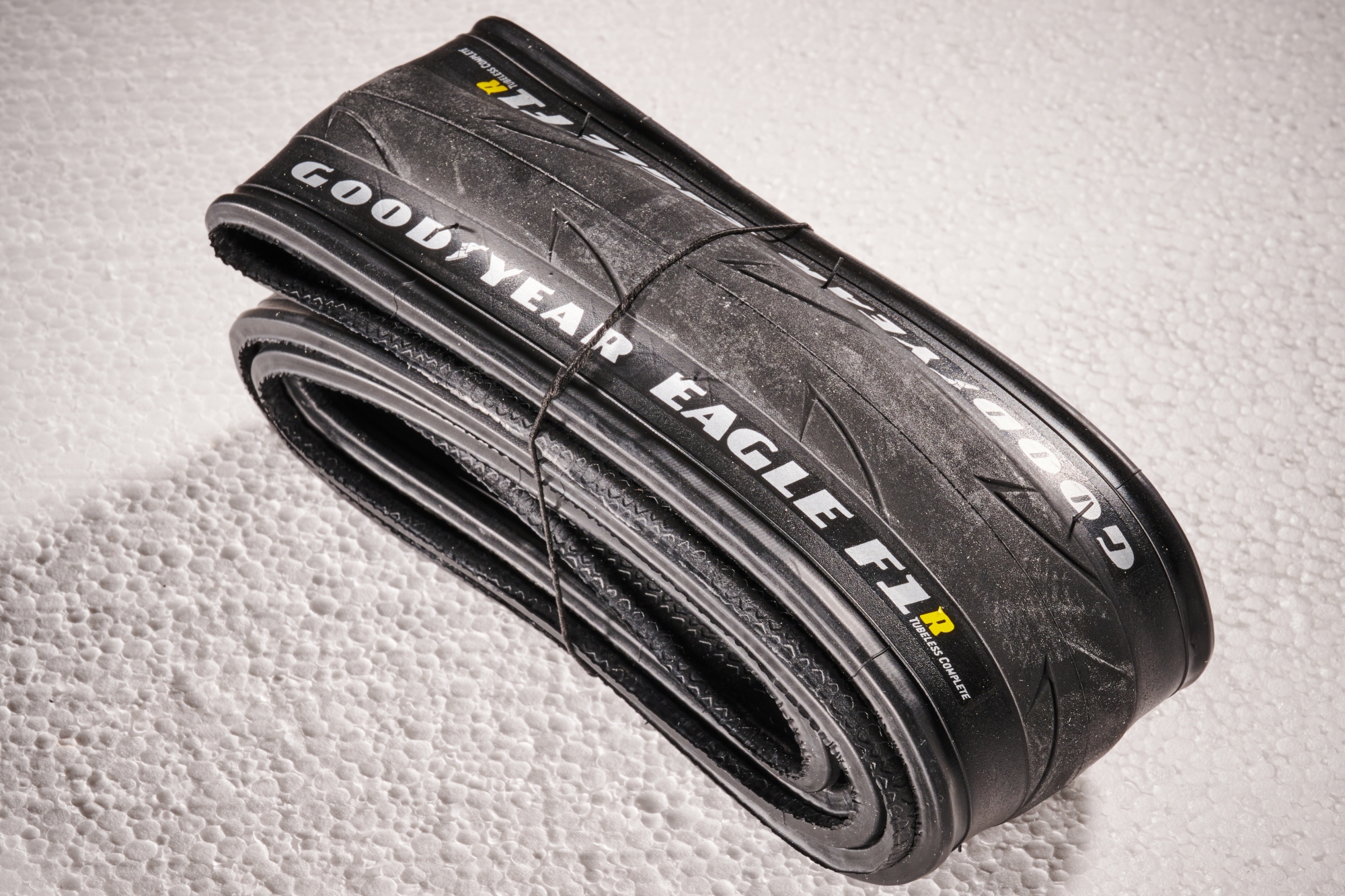
New tyres can have a thin coating of residue that may reduce grip until it has worn off.
In general, I’d argue that the improvements in tyres negate the need to sand them. However, I do also have first-hand experience that challenges that assumption.
Get The Leadout Newsletter
The latest race content, interviews, features, reviews and expert buying guides, direct to your inbox!
A year ago, a rider in a Continental team that I work for, was leading a four-day stage race in France. On stage two he punctured and so, that evening we fitted a pair of new tyres. Both he and I were worried about fitting brand-new tyres straight out of the box. In part, this was because the weather had been bad and the roads were very greasy. But in the end, he made the decision that that’s what he wanted.
The following day, less than 40km in, he rode across a roundabout in the middle of the peloton and was the only rider to crash. Was it a fluke, bad luck or was it the new tyres? We’ll never really know but we were both left questioning the decision to fit new rubber. When I saw the Groupama FDJ video, this incident immediately sprung to mind.
What do the tyre companies advise?
Schwalbe advises riding “gently and smoothly, with easy acceleration, braking and cornering”, until the tyre “becomes matte and…more homogenous”. I think the important part of this statement is regarding when the tyre becomes matte; it’s something you can easily spot when comparing new and used tyres.
Michelin goes further and says that on, “some road tyres, small white waxes are visible when the tyre is unpacked. This is a chemical agent in the tyre used to protect it from natural elements. On wet roads, these waxes could cause the tyre to slip when braking”. I think in general, all these different bits of advice are largely referencing the same thing.
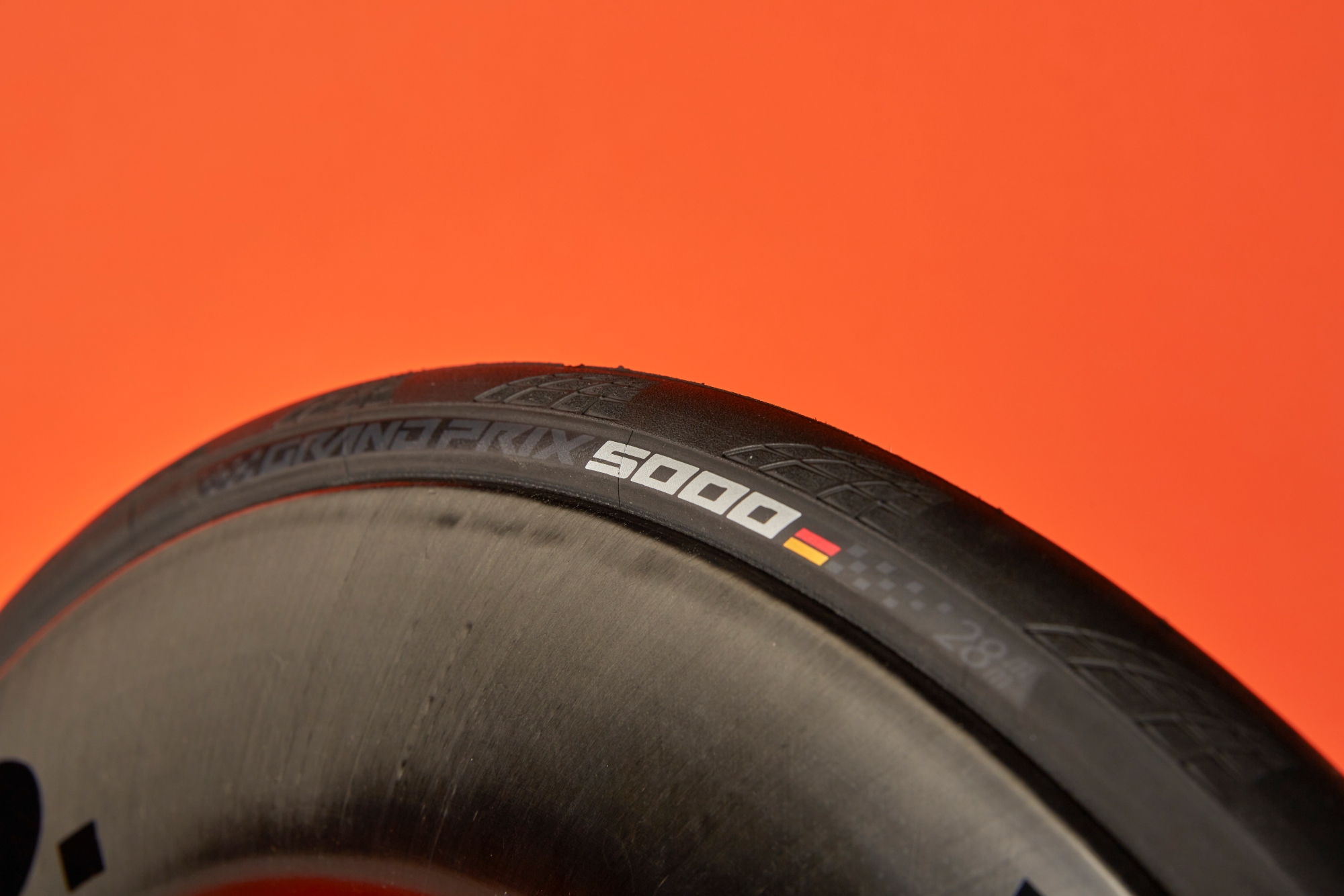
Riding gently for a few miles, without pushing too hard on the corners is a wise precaution if you've just fitted new tyres.
As well as sanding, I’ve seen riders using white vinegar and/or rubbing alcohol to ‘clean’ their new tyres - especially at races during wet weather. At the very least this removes any left-over release agent from the tyre; when the tyres are made, they spray a release agent onto the mould first, a bit like using butter or oil in cooking to stop the food sticking to the pan. The release agent should be removed before the tyre is packed, but it’s possible that there could be some leftover. Using alcohol to remove it is akin to sanding the top layer of the tyre. I can see how both would help remove any concerns, superstitious or otherwise.
We say
Ultimately I think roughing up the tyre will definitely improve the grip. That said, I also feel that the difference will be so marginal that you or I would never notice the improvement.
But, we do so many things on a daily basis - especially where bikes are involved - simply because we feel better about doing them. Essentially, it becomes a ritual.
So, if sanding your tyres makes you feel like you can ride through that corner 1mph faster, then guess what, you actually can ride through that corner faster due to the confidence you have in the equipment. Whether it comes down to confidence or actual quantifiable science is largely irrelevant if you actually start going faster. So go ahead, sand your tyres, carry a lucky penny, and reap the benefits out on the road!

Thank you for reading 20 articles this month* Join now for unlimited access
Enjoy your first month for just £1 / $1 / €1
*Read 5 free articles per month without a subscription

Join now for unlimited access
Try first month for just £1 / $1 / €1

Glen’s an ex-racer who still finds time to ride bikes for SDWRacing. He started racing in 1998, initially specialising in XCO and Solo 24-Hour Mountain Bike. He became a mechanic in 2002, working in shops and also for professional race teams. During this time he spent more time racing cyclocross and road, and then also time trials. In 2013 he built his first bespoke frame and then spent several years at Roberts learning the art. Since then he’s designed, tested and now sells frames/bikes to the public as part of his ÆIGHT brand.
-
 Save £42 on the same tyres that Mathieu Van de Poel won Paris-Roubaix on, this Easter weekend
Save £42 on the same tyres that Mathieu Van de Poel won Paris-Roubaix on, this Easter weekendDeals Its rare that Pirelli P-Zero Race TLR RS can be found on sale, and certainly not with a whopping 25% discount, grab a pair this weekend before they go...
By Matt Ischt-Barnard
-
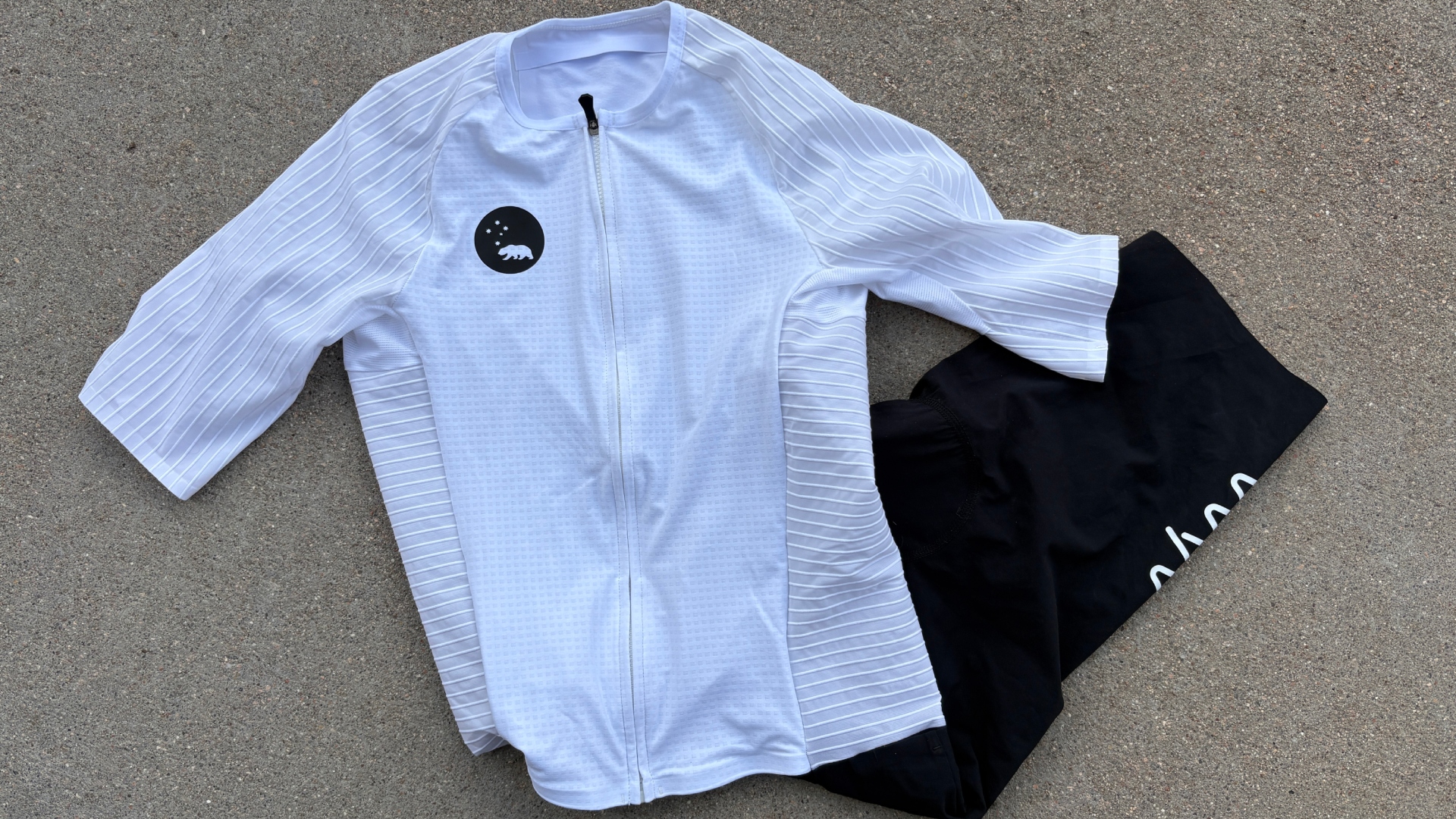 "Like a second skin” - the WYN Republic CdA triathlon suit reviewed
"Like a second skin” - the WYN Republic CdA triathlon suit reviewed$700 is a substantial investment in a Tri Suit, and it is, but you’ll definitely feel fast in it
By Kristin Jenny